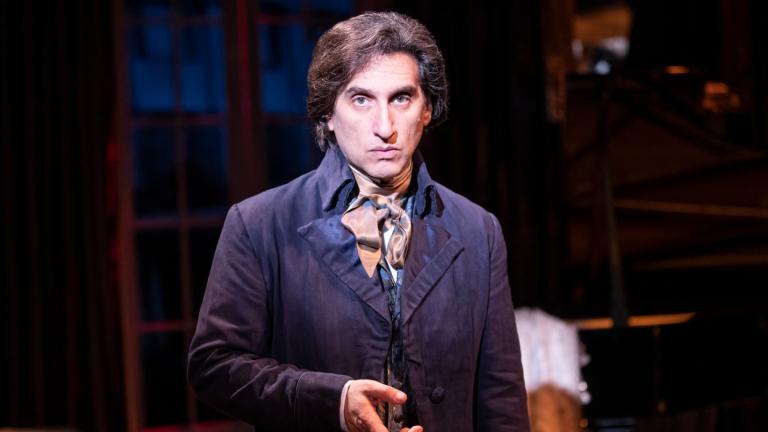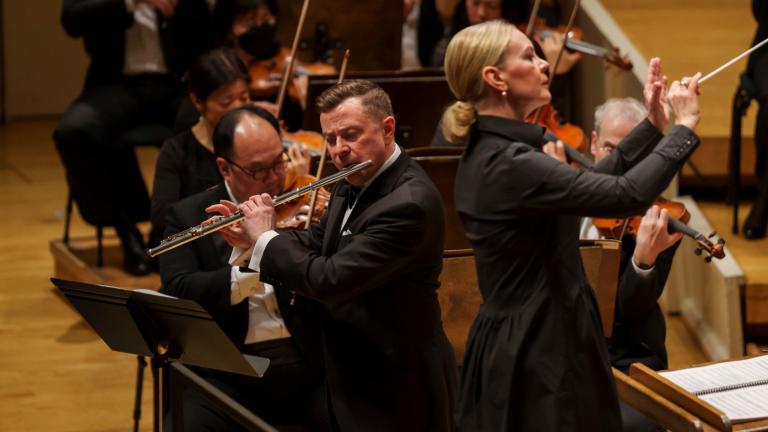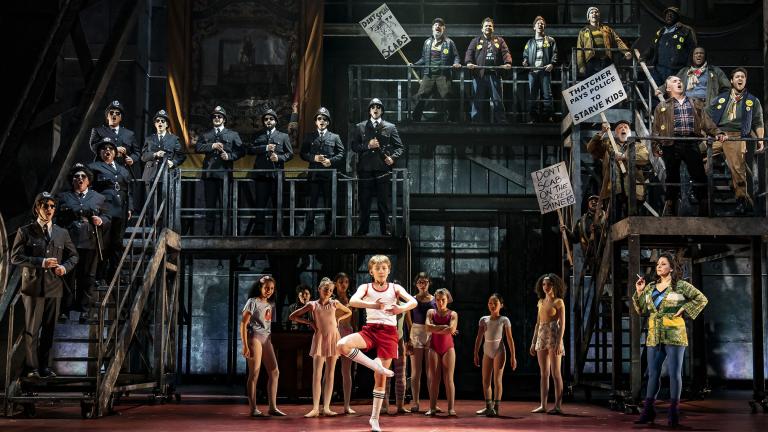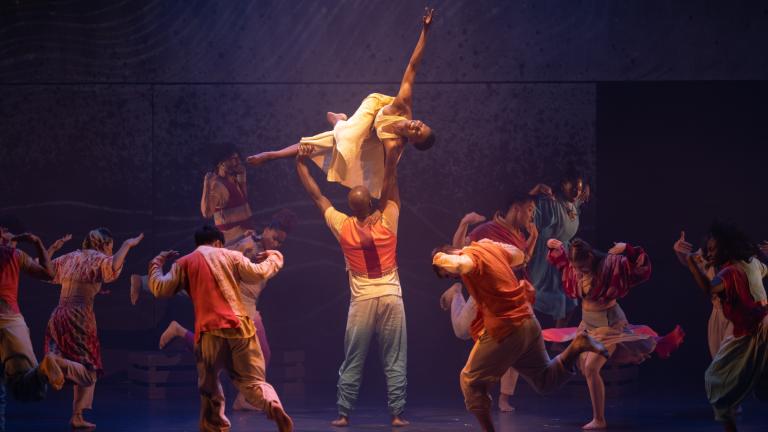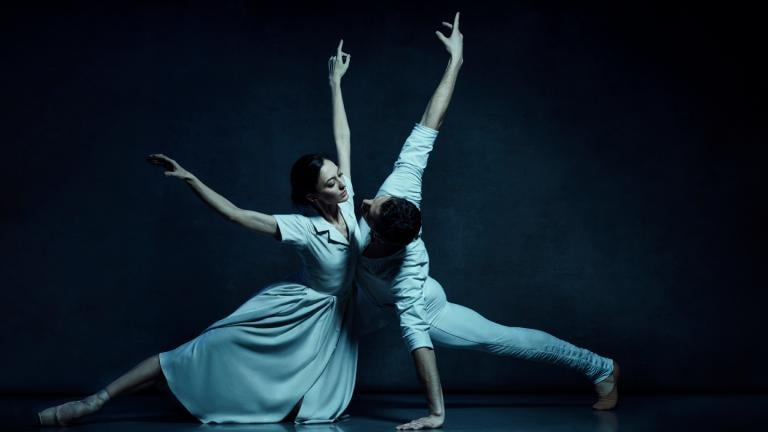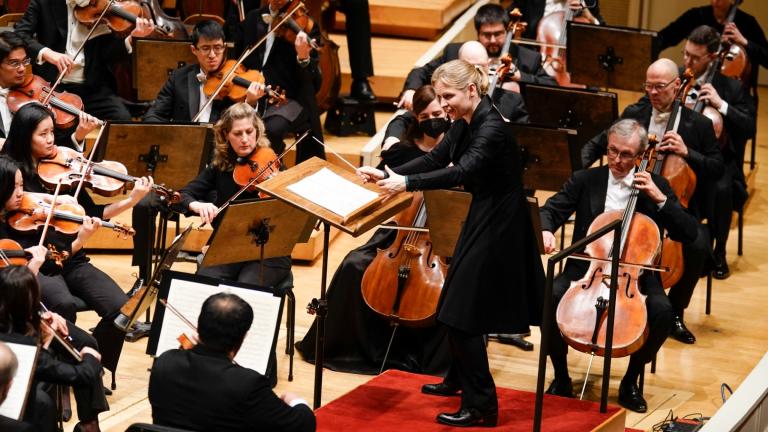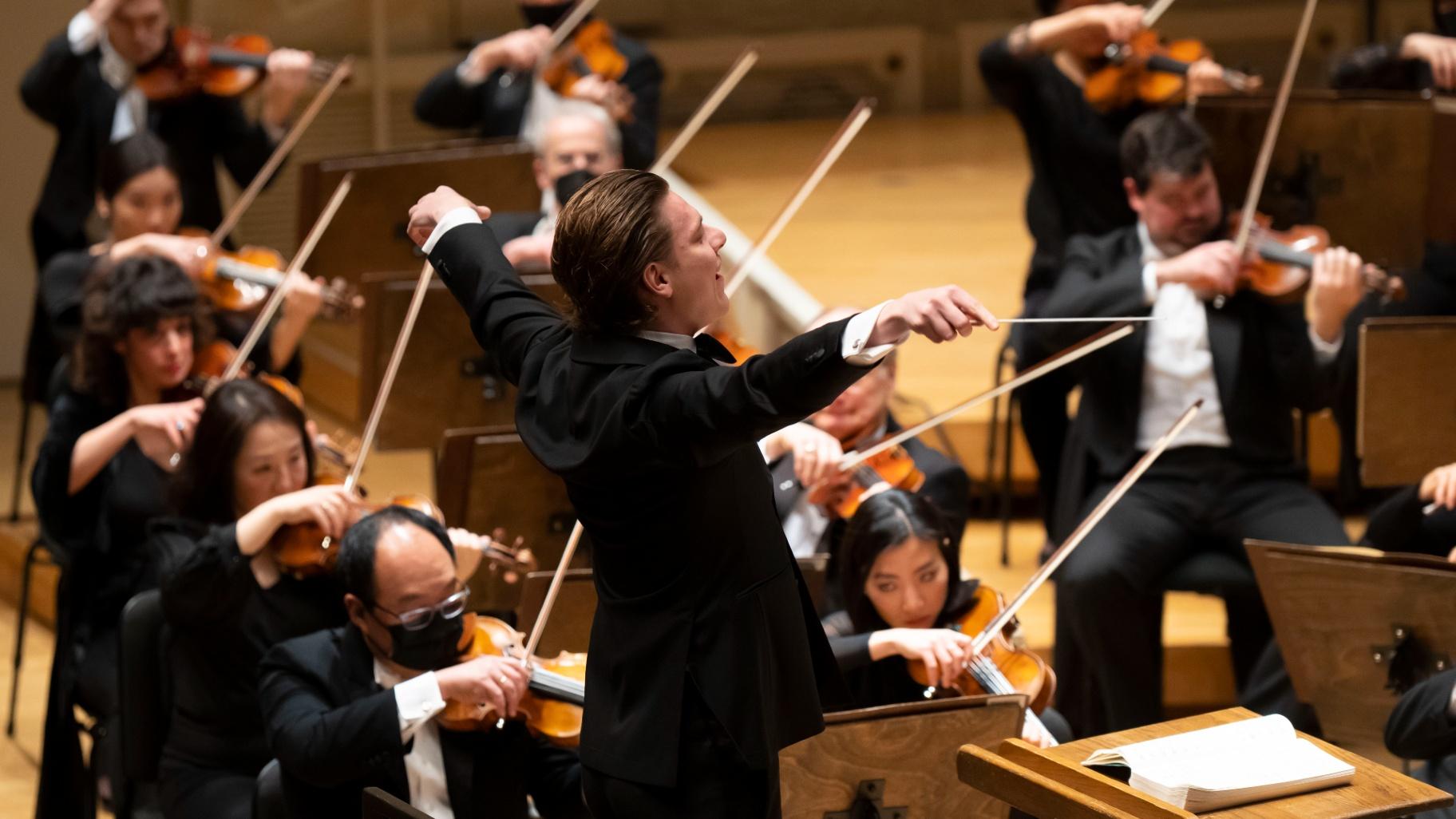 Conductor Klaus Mäkelä leads the Chicago Symphony Orchestra in a performance of Mahler’s “Symphony No. 5.” (Todd Rosenberg)
Conductor Klaus Mäkelä leads the Chicago Symphony Orchestra in a performance of Mahler’s “Symphony No. 5.” (Todd Rosenberg)
Recently returned from a seven-city tour in the U.S. and Canada led by Maestro Riccardo Muti, the Chicago Symphony Orchestra was back on the stage at Orchestra Hall on Thursday evening. Klaus Mäkelä, the wonderfully graceful yet powerfully dynamic 27-year-old Finnish conductor, was on the podium to lead a stunning, wide-ranging program.
The first half of the concert served as a fascinating introduction to Finnish mythology. The show began with a brief but haunting work by Jean Sibelius composed in 1893 (“The Swan of Tuonela” from “Four Legends from the Kalevala,” a Finnish national epic poem). It was followed by “Aino, A Tone Poem for Orchestra,” a fascinating, brilliantly orchestrated work by Jimmy López Bellido, a Peruvian-born American composer richly influenced by his studies at the Sibelius Academy in Helsinki. (The work, created in 2022, was a co-commission of the CSO, the Orchestra de Paris and the Royal Concertgebouw.)
The concert’s second half was devoted to a thrilling performance of Gustav Mahler’s monumental “Symphony No. 5.” It was quite a night on many counts, and the CSO was in top form.
Featuring a small orchestra, the 10-minute opening piece by Sibelius was magical in its evocation of a swan’s journey into “the land of death.” The piece was wonderfully alive in pure sonic terms. Heralding the arrival of the swan was the beautiful sound of Scott Hostetler on English horn. Then came the low strings slowly paving the way for the violins and a lyrical, mournful theme, with the subtle sounding of the harp by guest artist Julia Coronelli, and Cynthia Yeh on bass drum. A haunting riff by the winds, and an intense yet dreamy move to the low strings led the way to a gentle ending with drums and timpani quietly fading out.
Bellido’s enthralling “Aino” (whose title is the name of the Finnish goddess of the sea), was more pure magic, with its high drama and a wonderful use of the full orchestra, including a vast collection of percussion instruments from cymbals and glockenspiel to tubular bells, snare drum, rainbow stick, marimba, tam-tam, vibraphone, bass drum and thunder sheet.
Although just 13 minutes long, “Aino” had a mesmerizing impact with its exquisite mix of the subtle use of the violins, flute, low strings and a nervous build involving brass and percussion that conjured eerie walls of sound that gradually burst open with great energy.
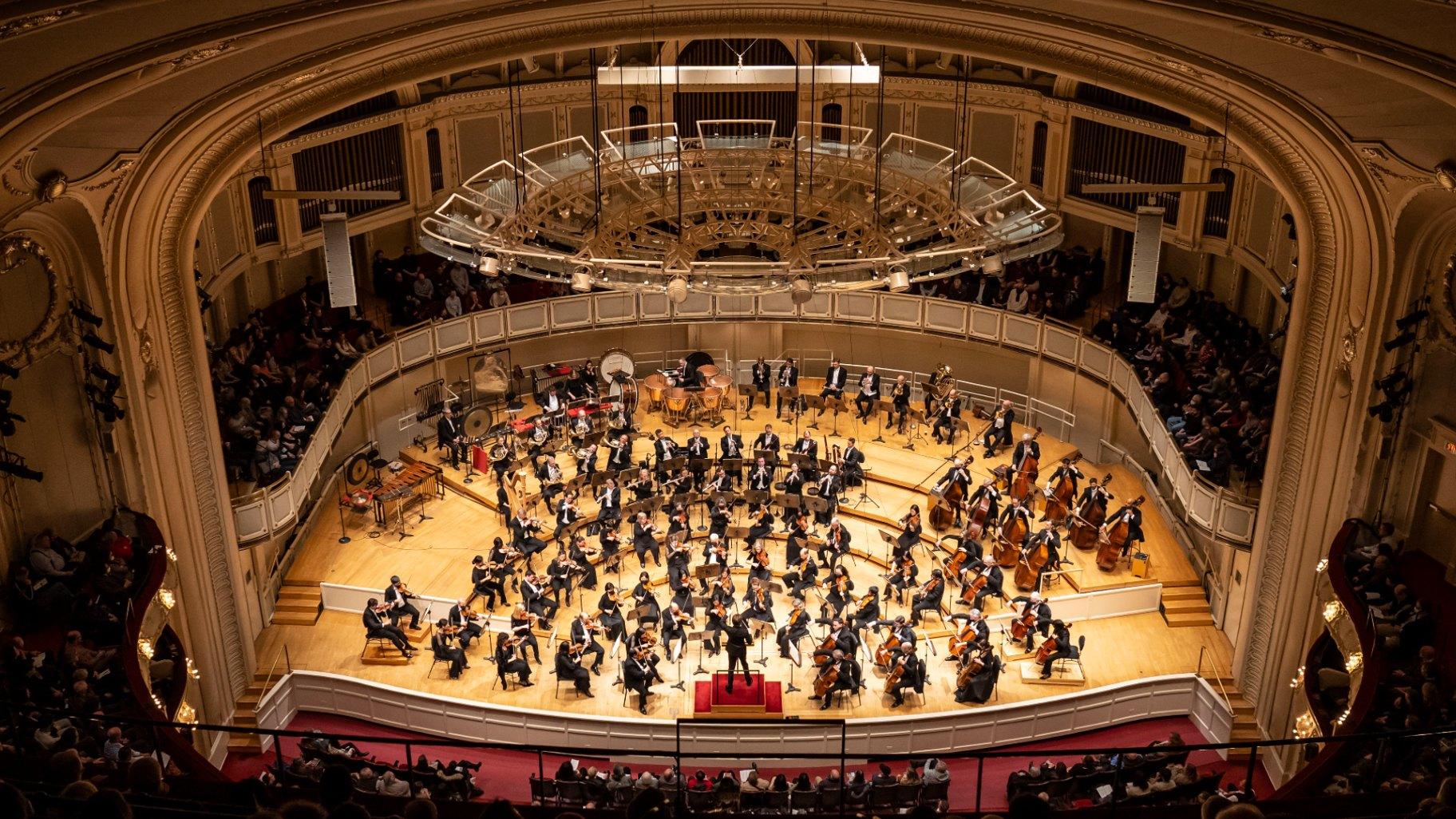 Conductor Klaus Mäkelä leads the Chicago Symphony Orchestra in a performance of Mahler’s “Symphony No. 5.” (Todd Rosenberg)
Conductor Klaus Mäkelä leads the Chicago Symphony Orchestra in a performance of Mahler’s “Symphony No. 5.” (Todd Rosenberg)
The dramatically shifting moods in the work, from high drama to quietude, were masterfully conjured (and played) throughout, as was the ultimate silence. And Bellido’s arrival on stage evoked thunderous applause from a full house, as was the case for Mäkelä and the orchestra.
Finally, for the second half of the concert, there was an intense and feverish performance of Mahler’s “Symphony No. 5.” Composed in the very earliest years of the 20th century, the work in many ways might be described as a tone poem of the grandest scale and a piece that fits the CSO like a glove.
Its iconic opening is in the form of a funeral march captured by the sound of a single trumpet, with a gorgeous melody followed by the clash of cymbals, the sound of the full orchestra and a thunderous, racing intensity that continually moves through dramatic mood shifts and draws on the emotional qualities inherent in each instrument.
Then comes a powerful storm, creating a sense of frenzy and constant mood shifts. Next comes another sounding of horns, but this time the music is lighter, more dance-driven and playful in its exuberance.
It is the fourth and perhaps most famous movement in the symphony — the Adagietto scored for just the strings and harp — that transforms the atmosphere of the work. Its exquisite, heartrending melody, believed to be Mahler’s love song to his wife, is beyond romantic with its mix of delicacy, lush romanticism and the almost literal plucking of heartstrings. And then the symphony builds to its grand finale, shifting from the lyrical to a great cacophony (with Mäkelä ever a master of modulation) and a wild race to the end.
This exceptional concert has the last of its three performances at 8 p.m. Saturday at Orchestra Hall, 220 S. Michigan Ave. For tickets, visit cso.org or call (312) 294-3000.
Note: This article was updated to correct the name of the evening's harpist.
Follow Hedy Weiss on Twitter: @HedyWeissCritic

